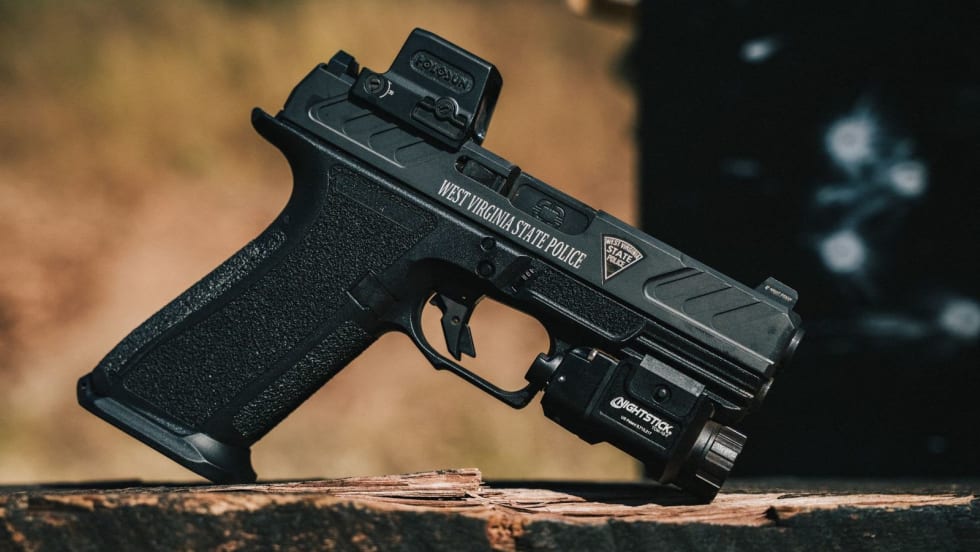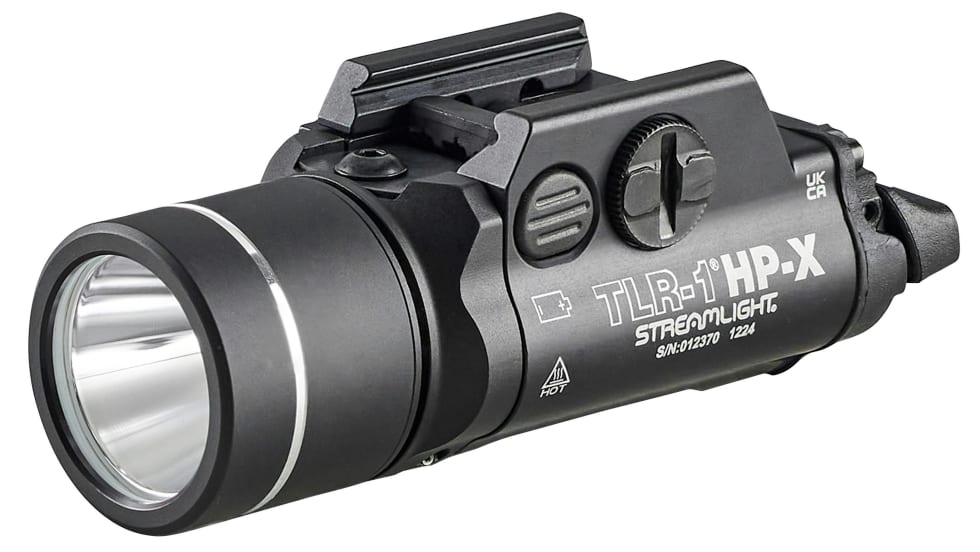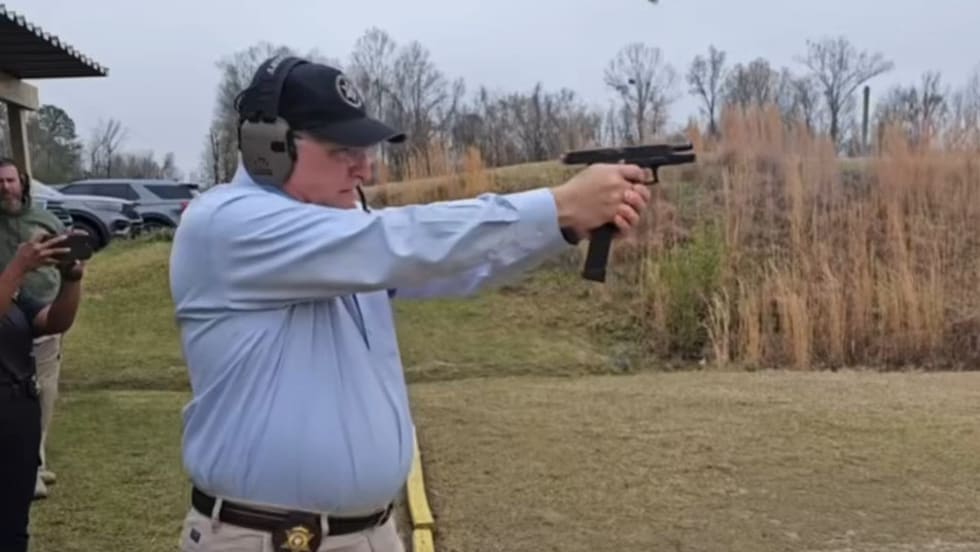When to Use OC
There have been a number of court cases involving when it is justified to use OC. Many of these focused on the use of pepper spray on passive resisters.
For example, in the following cases, the use of pepper spray was determined to be excessive: Martinez v. New Mexico Department of Public Health, 10th Cir. No. 01-2156 (2002), which involved the use of pepper spray on a handcuffed arrestee who was verbally resistive; Vineyard v. Wilson and Stanfield, 311 F.3d 1340 (11th Cir. 2002), which involved using pepper spray on a verbally abusive arrestee in the back seat of a squad car; and Headwaters v. County of Humboldt, 9th Cir. No. 98-17250 (2000), which involved the use of pepper spray on passively resisting protesters.
As with other use-of-force decisions, reasonableness is based on the Fourth Amendment of the U.S. Constitution and greatly relies on the decision made by the Supreme Court in the case of Graham v. Connor, 490 U.S. 386 (1989). According to this case, the amount of force used by the officer(s) must "be reasonably proportionate to the need for that force, which is measured by the severity of the crime, the danger to the officer, and the risk of flight."
Under Graham The use of force is based on what an objectively reasonable officer would do, his or her perception at that moment, and an understanding that officers sometimes need to make instantaneous decisions. We, as officers, have heard many times that the use of force is based on the "totality of circumstance" as well as on the officer's training, knowledge, and experience. This terminology comes from Graham.










